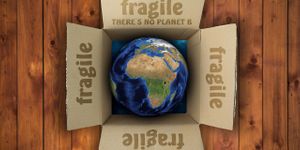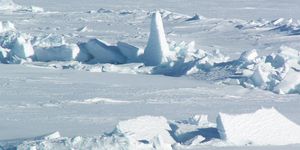An engineering team from The University of Austin has collaborated with international scientists to develop a process that filters salt and other elements out of water more efficiently. The process mimics the way that human proteins called aquaporins control the transport of water in and out of cells. The study’s findings were published recently in the journal Nature Nanotechnology.
Describing the molecule-size water transport channels he helped design, Manish Kumar, an assistant professor in the Cockrell School of Engineering's Department of Civil, Architectural and Environmental Engineering, commented: "It copies nature, but it does so by breaking the rules nature has established. These channels facilitate speedy transport of molecules you want, like water, and block those you don't want, like salt."
Indeed, it is the transport channels’ ability to keep out protons and molecules like salt that makes them appropriate for desalination and water purification purposes. Yet, in this case, the engineers took the design of biological aquaporins and improved it, making their transport channels move water 2.5 times faster than aquaporins. They did so by densely packing the channels into a membrane and adding folds in the channels, which create more space for the flow of water.
"These artificial channels in essence solve the critical technical challenges of only allowing water molecules to pass while excluding other solutes like salt and protons," said professor Huaqiang Zeng of Department of Chemistry at Hainan University and the Institute of Advanced Synthesis at Northwestern Polytechnical University in China. "Their extraordinary water transportation speed and the fact that these channels allow for simpler membrane fabrication suggest they will become a crucial component of next-generation membranes for producing clean water to address severe scarcity facing human beings in this century."
In the future, the researchers intend to introduce their water transport channels into reverse-osmosis membrane technology that turns seawater to potable water.
Sources: Nature Nanotechnology, Eureka Alert




